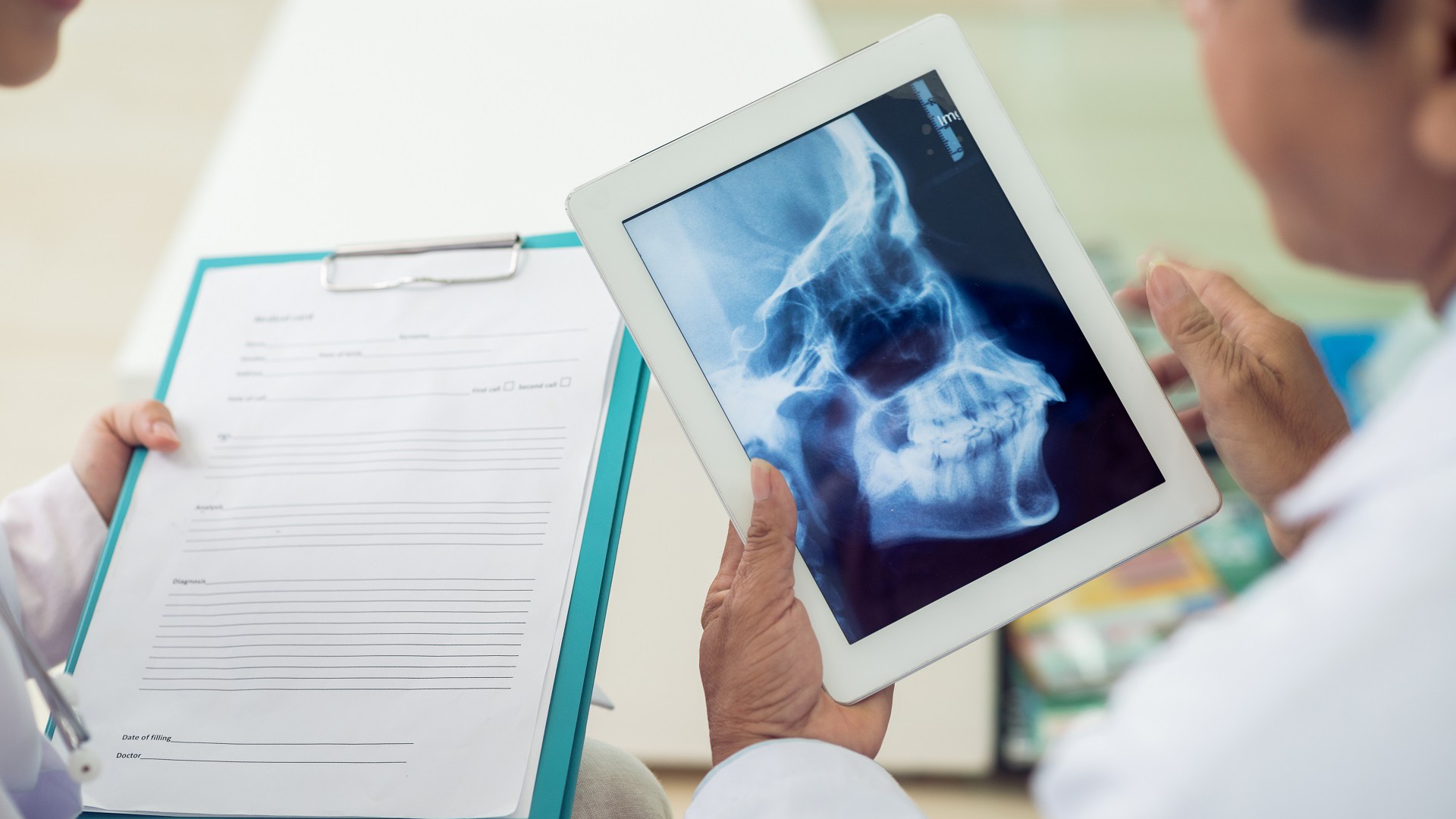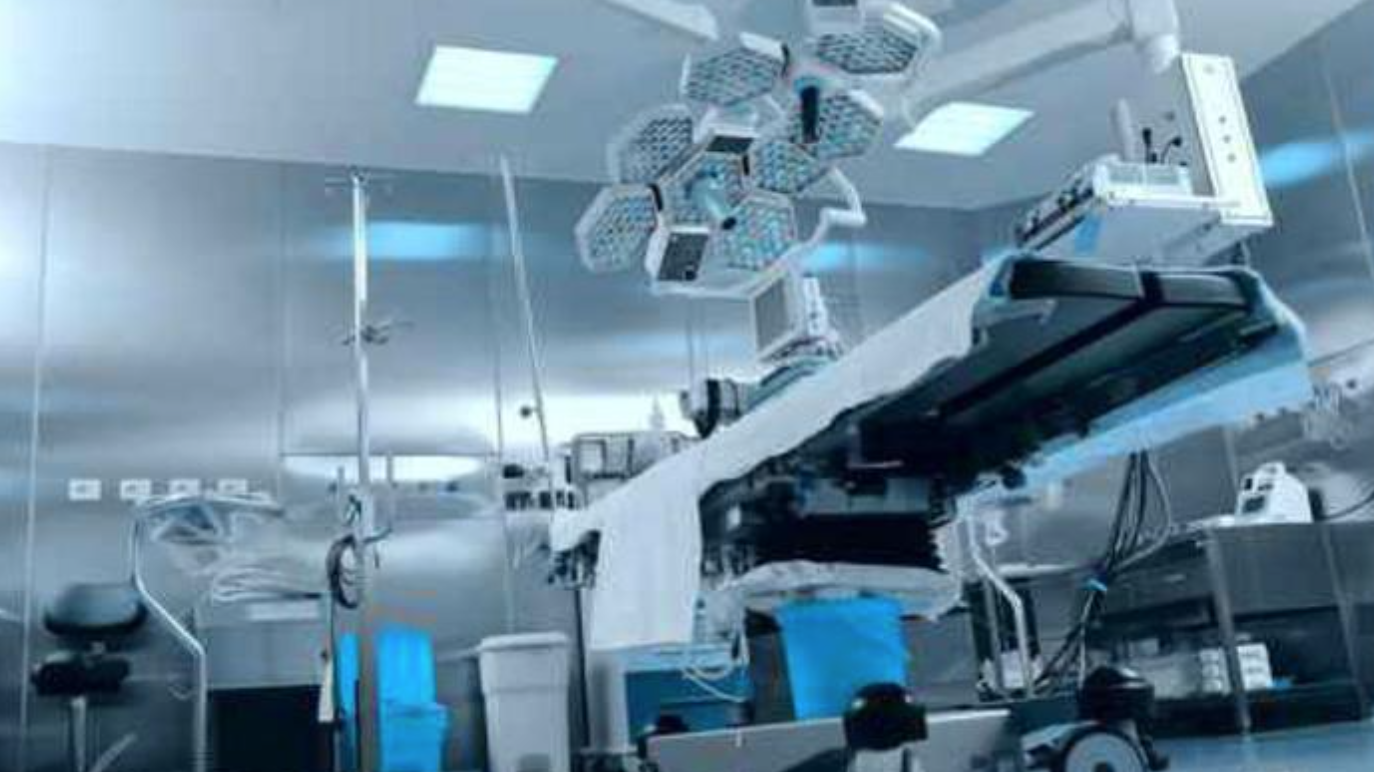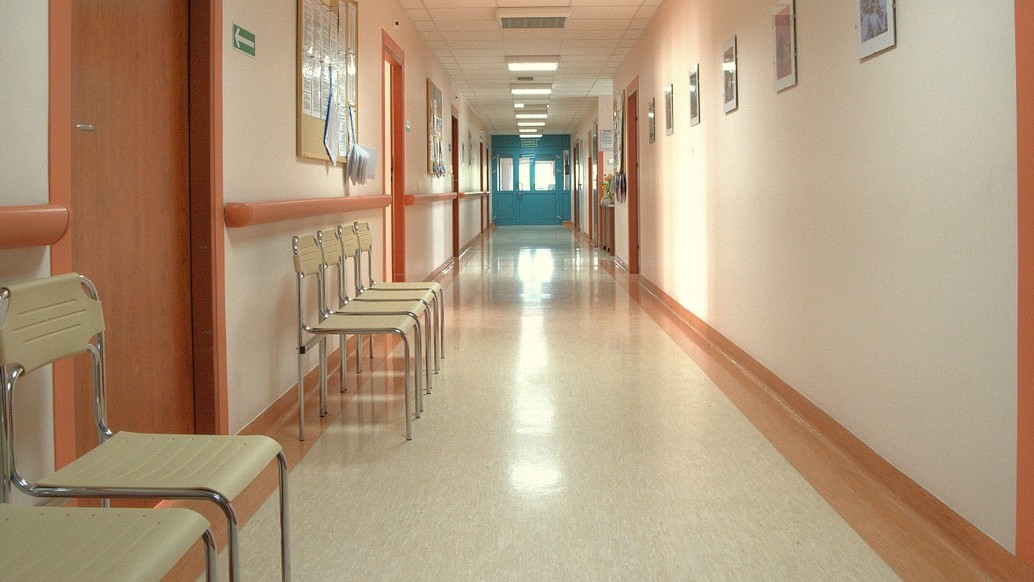Credence Research, a worldwide market research and counseling firm, reports that increasing demands across the US, UK, and other nations for patient infotainment systems have prompted large investments from hospitals, making patient infotainment one of the largest markets in the world. The last place anyone wants to visit for an extended period of time is a hospital, so we’re seeing an increase in patient infotainment solutions. Trends for this market have been on the rise, combining the entertainment software application market with medical tracking software so medical computers serve a dual purpose—informing medical staff about patient conditions, and (hopefully) improving patient conditions by taking their mind off of why they’re in a hospital to begin with. There’s more to infotainment than that, however, and it requires a little education in patient infotainment trends to understand why.
Trends in Patient Infotainment Remove the Mystery
It’s not always clear how things operate in hospitals. The standard used to be reliance on nurses for everything—changing a television channel, ordering food, adjusting the bed, and other factors that would detract from a nurse’s duties. Patient infotainment is designed to remove the guesswork and present all options to a patient while freeing up most of the menial duties originally tended to by nurses and doctors. Instead of using a call button, waiting for a nurse to arrive, and then asking for blinds to be open or shut, that process is a patient engagement wrapped into a medical computer that a patient can easily access. Fewer questions are asked, nurses and doctors have more time to address pressing needs, and patient satisfaction results are higher. This reduces workload and stress for medical staff, thus boosting morale, potentially opening the door for larger staff, reducing the patient to nurse ratio, and increasing overall hospital efficiency rates. A recent case study showed that a standard hospital in France had a total staff-to-patient care time of about eight minutes on average. Efforts to implement patient infotainment systems can increase that time. To add, patients can turn their infotainment into edutainment, learning about their ailments while awaiting their next visitation or apple pie. RomexSoft recently gave a list of five overriding goals of EHR, one of them being inclusion and engagement of patients in their own care. If patients are educated about their own ailments, they may know enough to avoid ending up in the hospital again. Infotainment systems are key in stimulating conversations between medical staff and patients, removing ignorance about medical conditions that are keeping patients from their normal lives.
Connectivity is a Phone Call Away
Perhaps the most crucial aspect of patient infotainment is the ability to reach out to friends and family. With voice-and-video applications built-in to the medical grade monitors, patients can reach out to loved ones with the touch of a few buttons to connect. This factor alone is probably the greatest patient satisfaction feature medical computers can provide in hospitals. Not only can patients talk with anyone online, the connectivity of a medical tablet gives access to music, YouTube, movies, and even games. Much of the patient recuperation process isn’t just about healing—it’s about taking care of the full needs of the patient, which includes mental stimulation and removing the feeling that a patient is “all alone.”
Patient Infotainment Still Needs to be Informative
The benefits of having a single medical grade monitor for both the patient and hospital staff are numerous. Nurses can check medical records and see instant patient biofeedback, then return the PC to patient use. Doctors can prescribe medications and then have them sent to patient rooms within minutes. With security features enabled like a CAC or RFID scanner, medical staff can access important records, hide the unimportant details for patients, and then return the PC to patient operating status. A lot of the EHR software is entirely cloud-based, so if there’s ever a PC malfunction it can be replaced quickly with minimal loss to data. Plus, EHR software updates can happen universally, avoiding EHR compatibility between PCs. Medical professionals are constantly kept at the latest version of their software, and patients get the latest entertainment values during their stay.
The CyberMed H22 medical grade all in one computer is a widely popular choice for hospitals and patient infotainment systems. This medical-grade computer features a sealed front bezel to protect against dust and water, has antimicrobial* properties protect the computer casing from deterioration and degradation, and is certified to be patient safe. It’s built with infotainment in mind, reducing time medical staff use to cater to a patient’s needs so they can focus on more important duties. Customize it today to fit your medical PC needs.
4 Ways Telehealth Is Improving Patient Care
August 14, 2018
Telehealth is the practice of using medical grade computers and medical tablets to provide health care remotely. Telehealth practices put doctors in closer contact with distant patients, save time and energy with…
0 Comments8 Minutes
Medical Grade Computers: Improving Patient Outcomes in the OR
December 29, 2015
A successful operation requires the seamless coordination of highly skilled individuals. If a surgical team is not able to work in unison, they won’t be able to provide the necessary amount of care to properly take…
0 Comments4 Minutes
How to Implement Patient Infotainment Using Bedside Computers or Tablets
February 18, 2017
The value-based healthcare system becomes more competitive than ever, and hospitals need to focus on the patient experience as one of the main contributing factors to how patients evaluate their stay. As Medicare…
0 Comments9 Minutes
You Can't
Learn from a Pop-up
But we can deliver knowledge to your inbox!
We dive deep in the industry looking for new trends, technology, news, and updates. We're happy to share them with you.
Knowledge, News, and Industry Updates Right in Your Inbox





